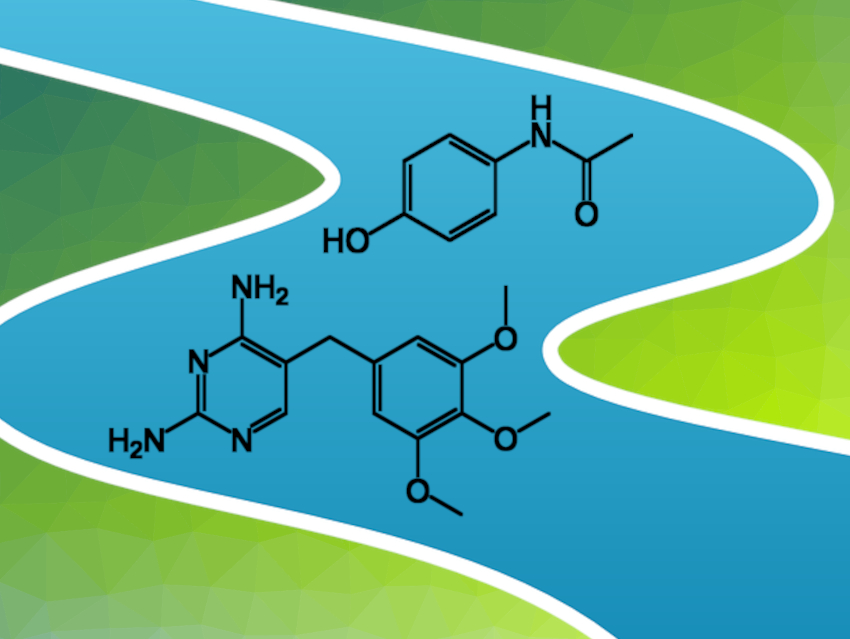Many medications are harmful to the environment when they make their way into lakes and streams via wastewater. The concentrations of pharmaceutically active compounds are generally used to determine their impact on organisms living in streams and rivers.
However, these concentrations can change quickly and singular “snapshots” do not correctly illustrate the cumulative effects of the drugs on aquatic life. Instead, the load, i.e., the mass of a pollutant that passes through a stream or river over time, better represents the risks to downstream environments.
Megan L. Fork, Cary Institute of Ecosystem Studies, Millbrook, NY, USA, and colleagues have studied the yearly load of medications transported by an urban stream in Baltimore. The team tested water from a stream draining into Baltimore’s Inner Harbor in Maryland, USA. They used liquid chromatography–mass spectroscopy (LC-MS) to analyze weekly samples collected over the course of a year. The researchers found that the amounts of some medications carried by the stream over the year were substantial, despite generally low concentrations. They found 16 different pharmaceutical compounds, whose presence and amount varied considerably from week to week, ranging from concentrations of parts per trillion to parts per billion. Trimethoprim, an antibiotic, was found most regularly, and acetaminophen, a commonly used pain medication, was present at the highest concentrations.
The team used their weekly measurements to estimate the annual loads of pharmaceuticals and found that the equivalent of 30,000 doses of antidepressants, 1,700 doses of antibiotics, and 30,000 tablets of acetaminophen entered the Inner Harbor through the stream. Because wastewater plants do not impact the studied stream, it is likely that these compounds are coming from leaky sewer pipes, according to the researchers. Improvements to aging infrastructure could reduce this contamination of waterways with harmful compounds.
- Dosing the Coast: Leaking Sewage Infrastructure Delivers Large Annual Doses and Dynamic Mixtures of Pharmaceuticals to Urban Rivers,
Megan L. Fork, Jerker B. Fick, Alexander J. Reisinger, Emma J. Rosi,
Environ. Sci. Technol. 2021.
https://doi.org/10.1021/acs.est.1c00379




